Fifty years ago, I made my first photograph of a structure and land in the Ozark Mountains of Arkansas. The structure was a falling down log house being held up by a shiny new sign that said, “Mobil.” In the background was a hardscrabble farm. It was a scene that made you want to know the story. What happened to the people? What crops were they raising? Did Mobil, one of the largest petroleum companies in the world, have permission to hang their sign? That exercise became the first of many in the years ahead.
The photographs in this segment of “Rural America” are from the Mississippi Delta, sections of Route 66, Big Bend National Park, west Texas and abandoned farms in North Dakota. Black and white printing was used as it does a superior job of depicting mood, light, darkness, texture, contrast, shadows and detail. It can lead the viewer to imagine a story behind the image
I’m often asked about my attraction to old buildings and farm land or what one person described as my interest in other people’s misery. Be assured that is not my interest, but rather I would define my work as being about feelings that my images evoke. For example, to me it is almost impossible to see an empty one-room school or the shell of an abandoned church and not think of the life events that took place in those places. I feel sad for the congregants who on one solemn day met and prayed and then said, “we cannot do this any longer.” Look at an abandoned motel and try not to relate to the weary travelers that passed that way. Some found comfort and others were greeted with a NO VACANCY sign and headed on in the night on a seemingly endless road in the midst of the Dust Bowl.
A carefully groomed field with a single tree right in the middle makes me curious. Why did a sophisticated GPS guided plow go around that tree? What is special about the tree? The raw natural beauty of Big Bend National Park gives me pause but needs no story. One is land bridled by man and the other is unbridled nature in all of its raw glory.
After school consolidation, a town is left with only a broken football score board. You can’t look at it without imagining the town pride that was behind each gridiron struggle. Another town, deep in the Delta, has only a portable basketball goal to occupy its youth. You look at that single goal and you will be hard pressed not to think of the plush community centers found in many areas and then say to yourself, “that’s not enough.”
Do take the time to think about how each of these photographs makes you feel and imagine a story, your story, that goes with them.
Page Williamson
11/27/21
The Thompson Place, Rugby, ND
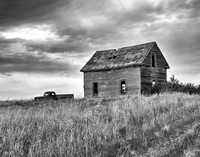
One-Room School - near Rugby, ND

Hurricane Lake Lutheran Church - Hurricane Lake, ND
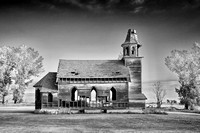
Motel on Route 66 - San Jon, NM.
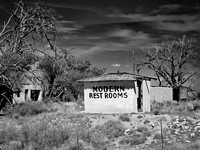
Motel - Route 66, Cuervo, NM

Farm Road, near Rugby, ND
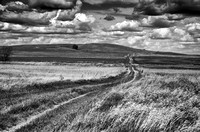
4 WAY PIT STOP - Tutwiler, MS

Alone - Gunnison, MS

Big Bend National Park, TX
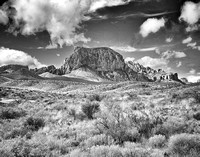
Turnbridge Lutheran Church - near Rugby, ND
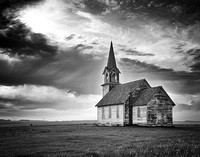
A Cat Named Plymouth - near Rugby, ND

66 DRIVE-IN THEATRE - Route 66, Carthage, MO

Window View - North Dakota
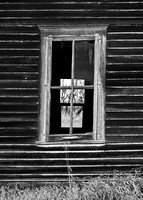
Friday Night Lights - Barstow, TX
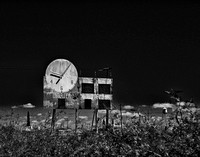
Hoop Dreams - Tutwiler, MS

© page williamson photography
















